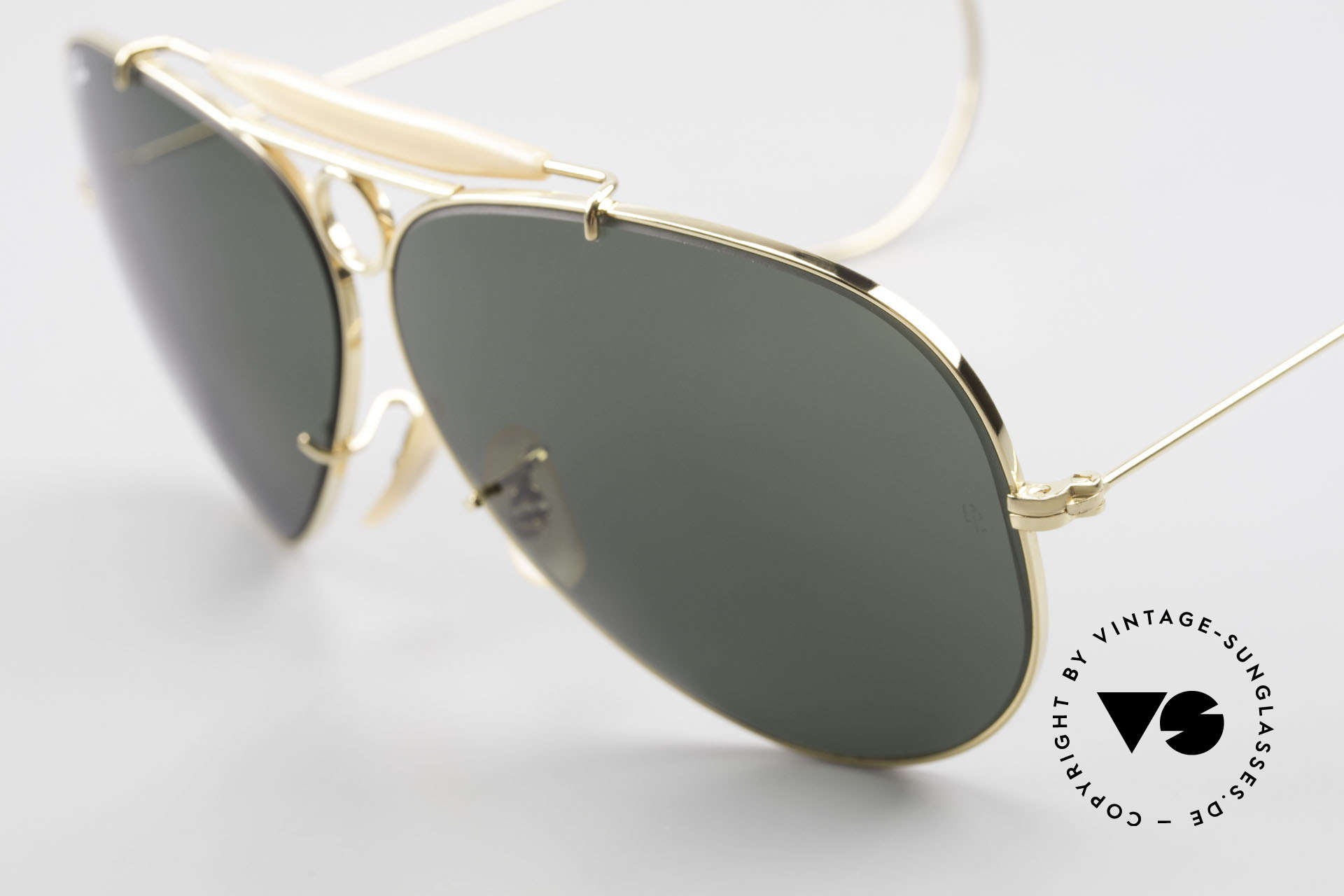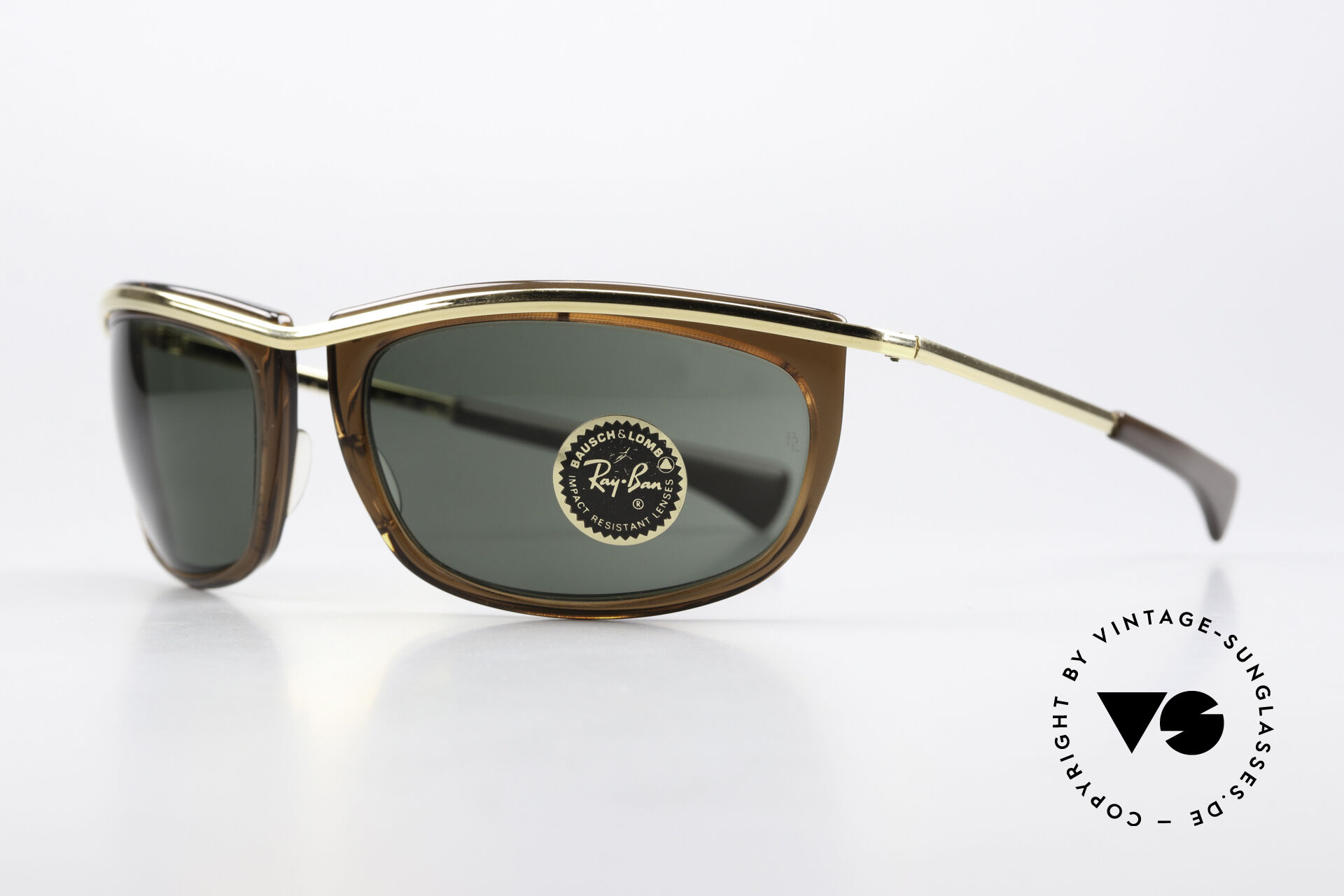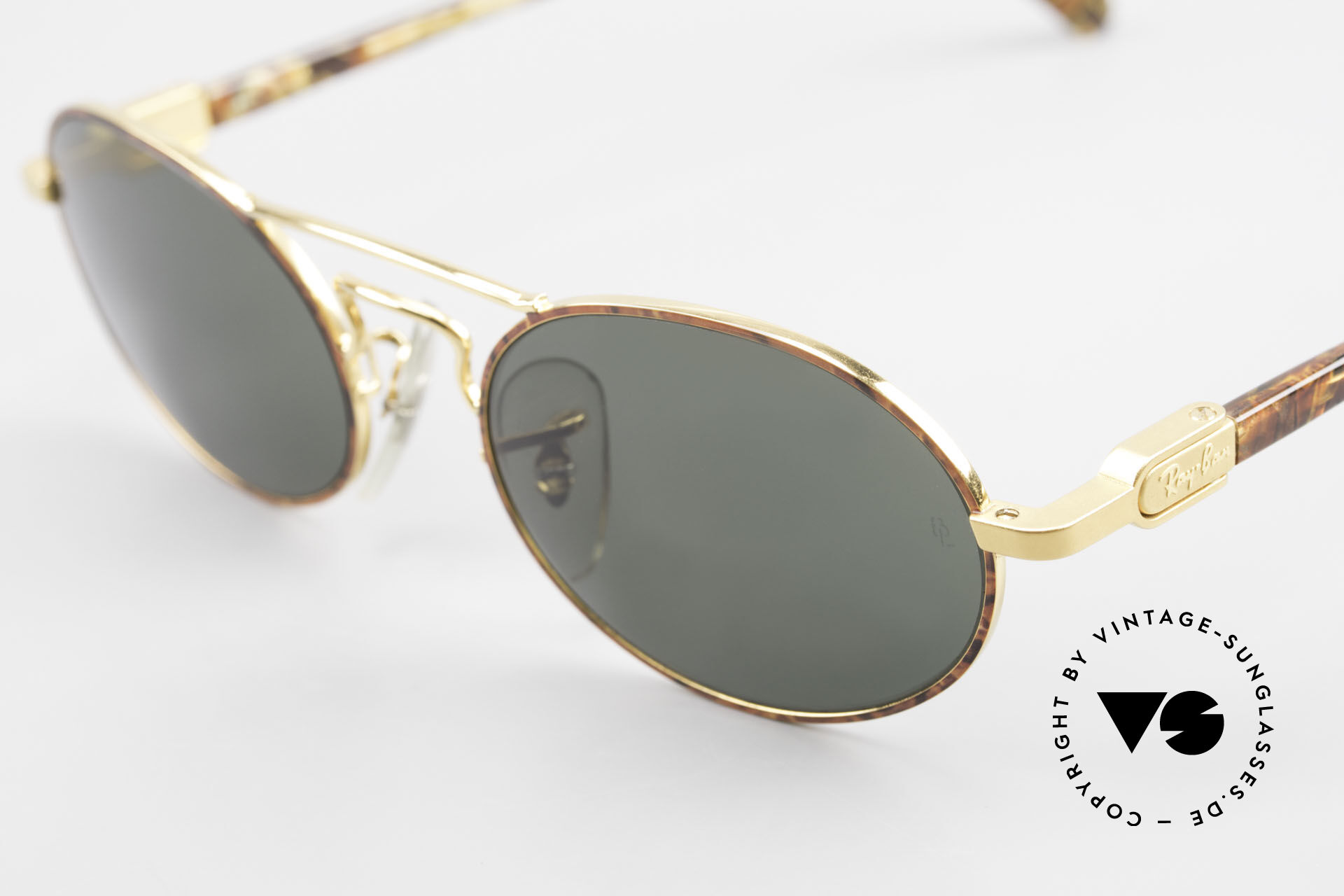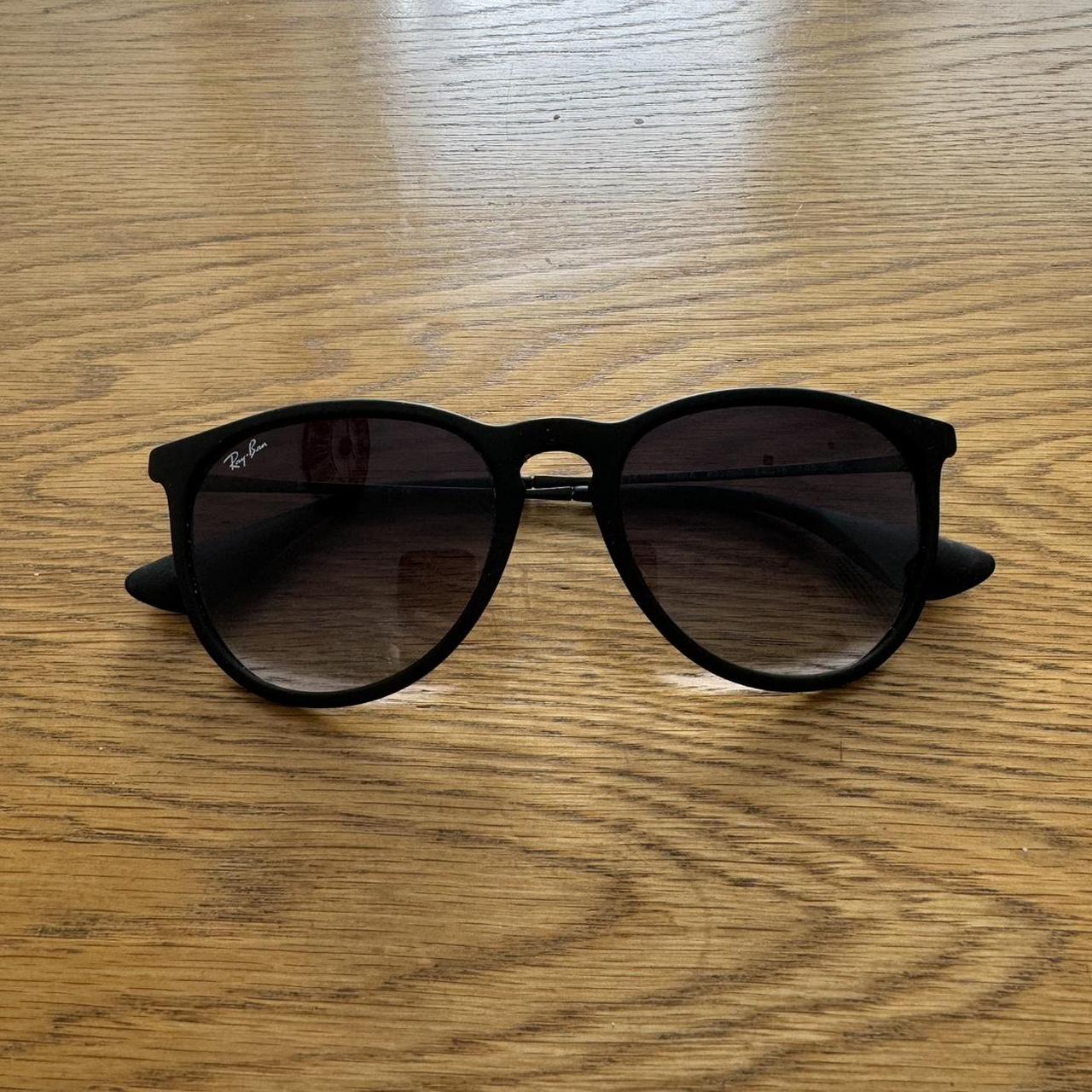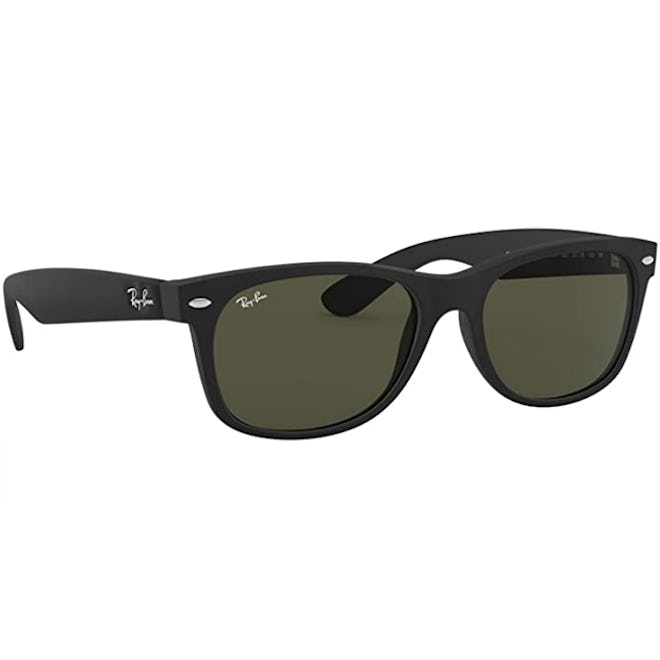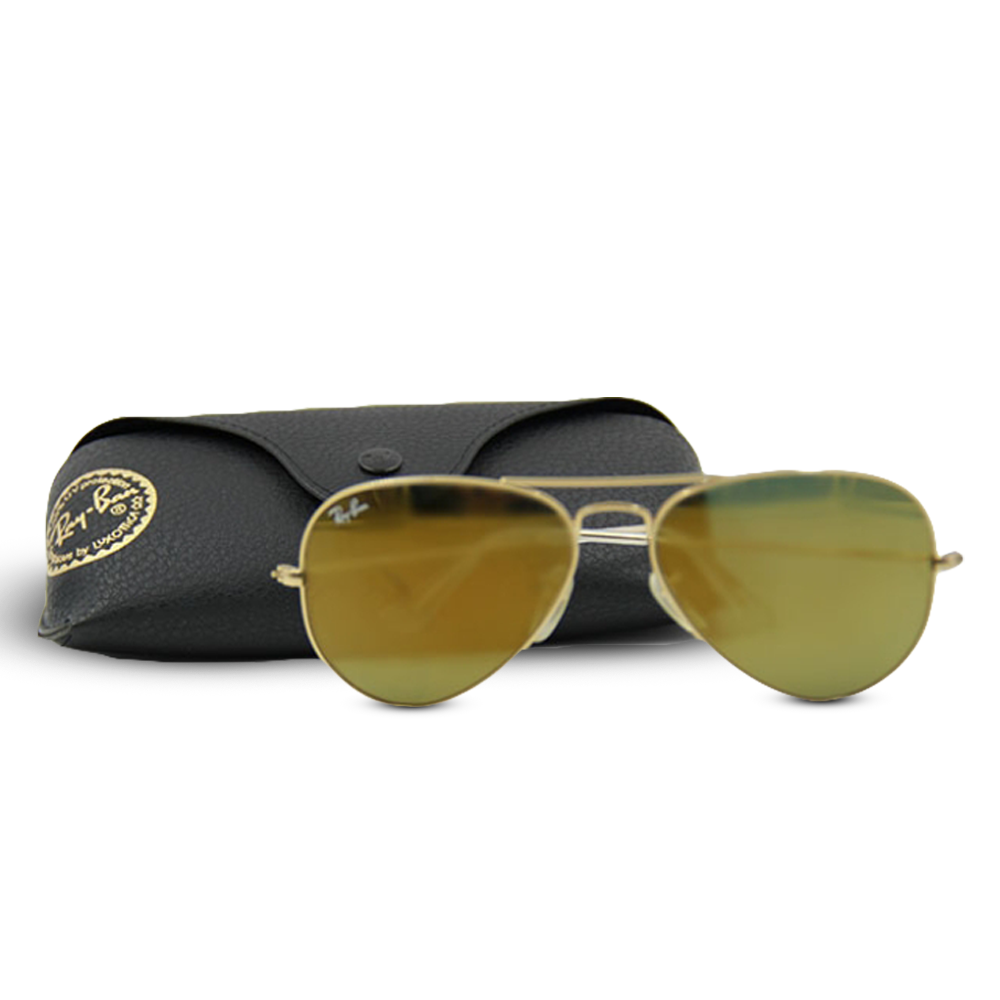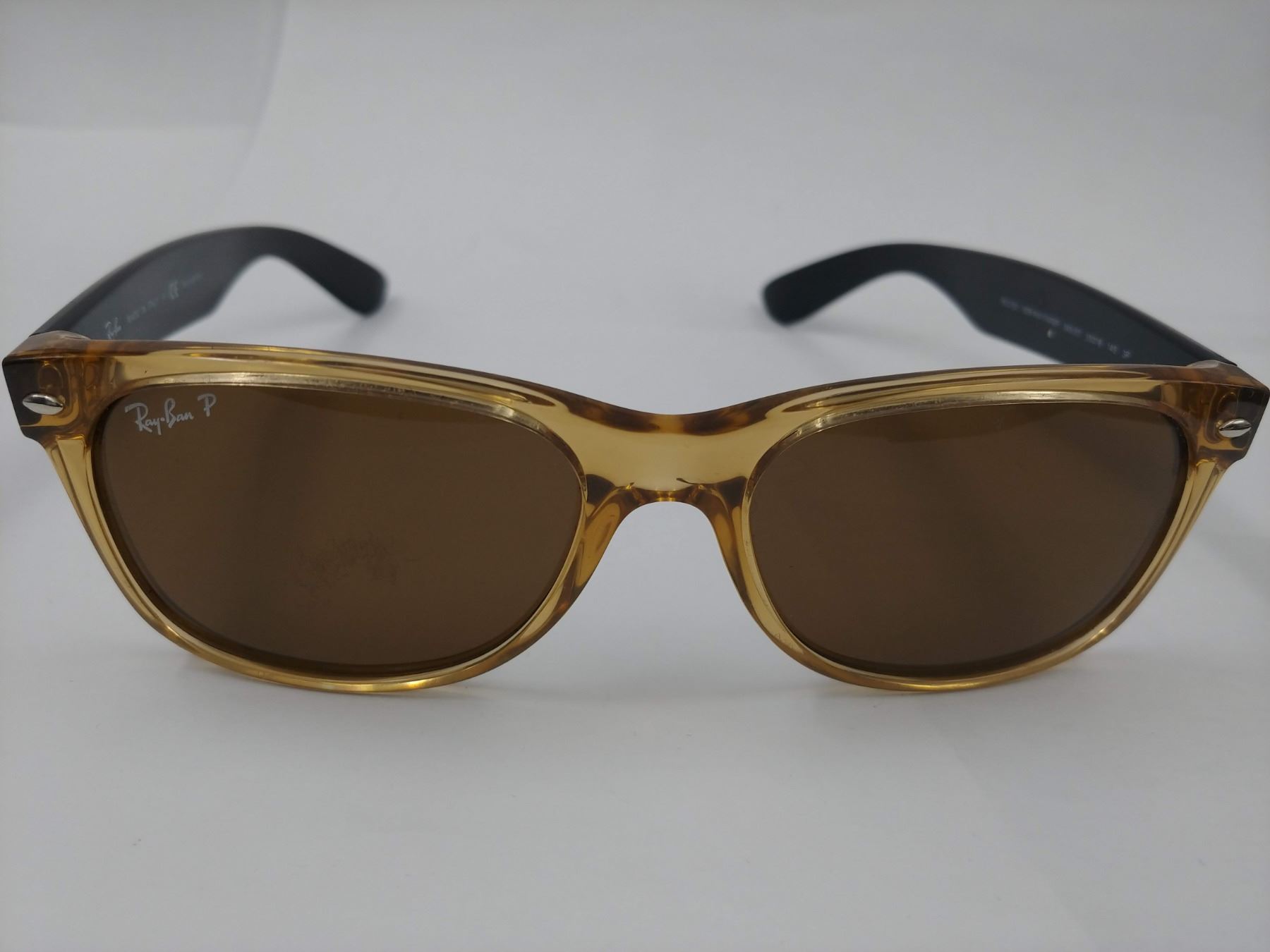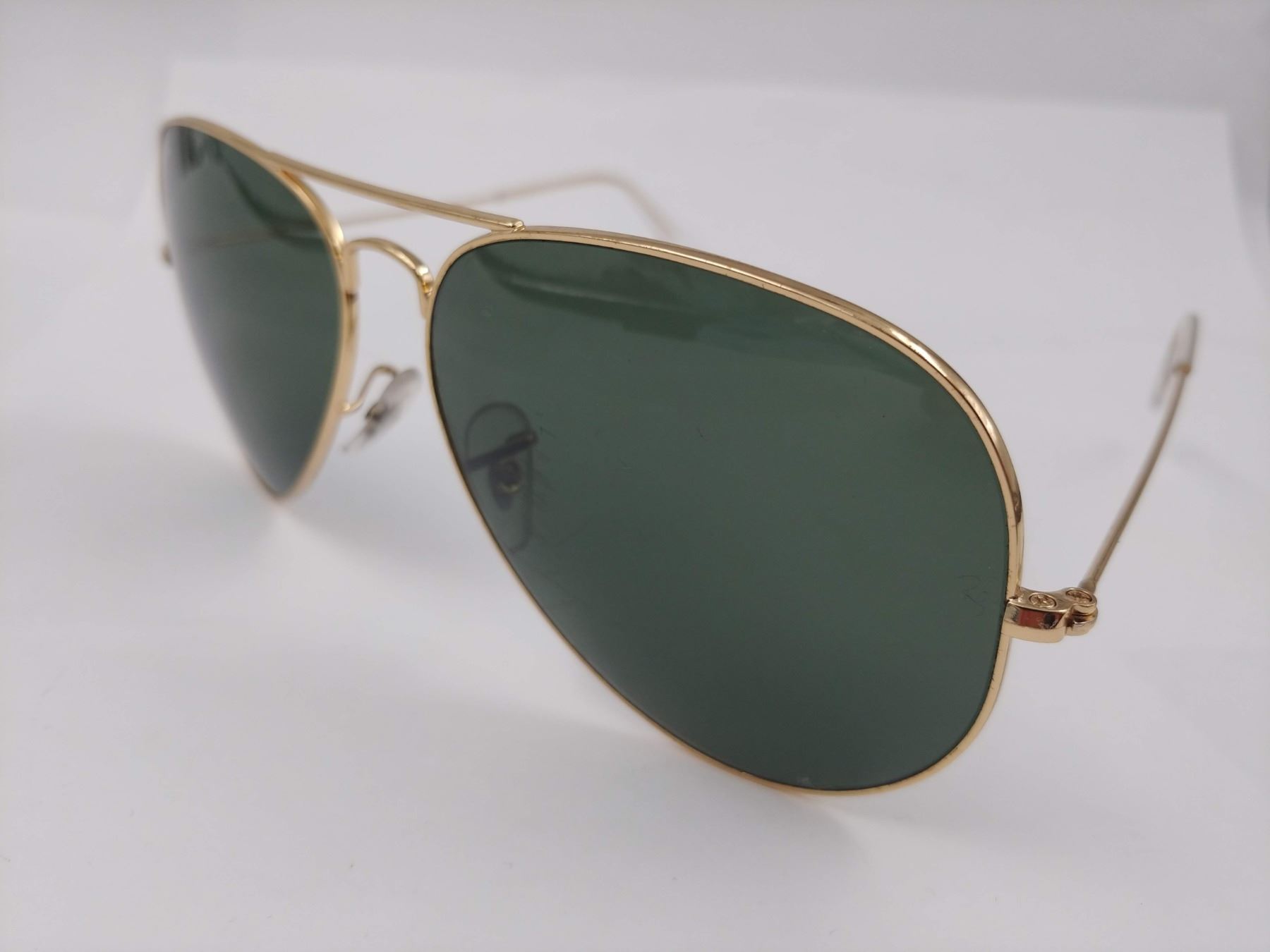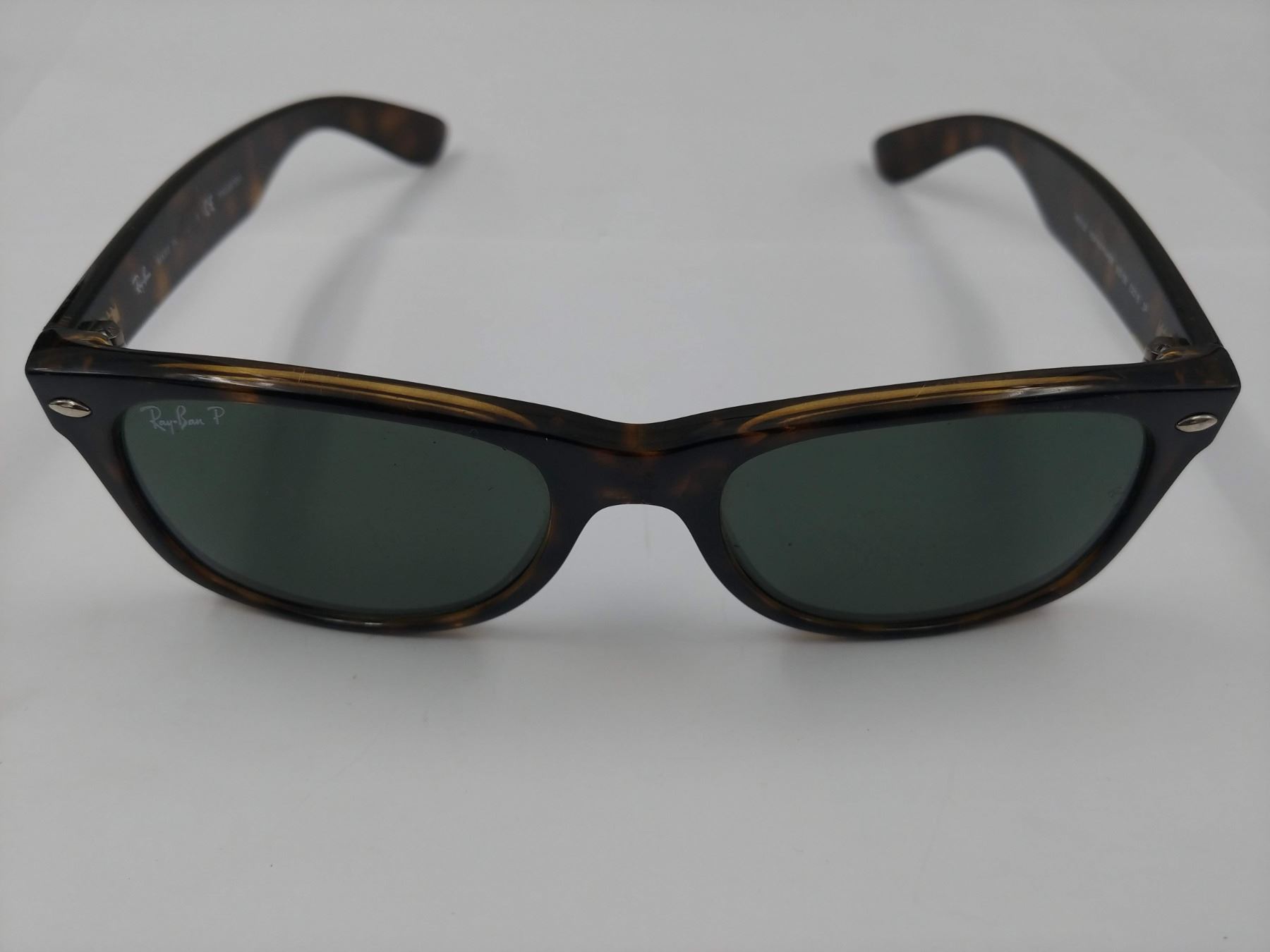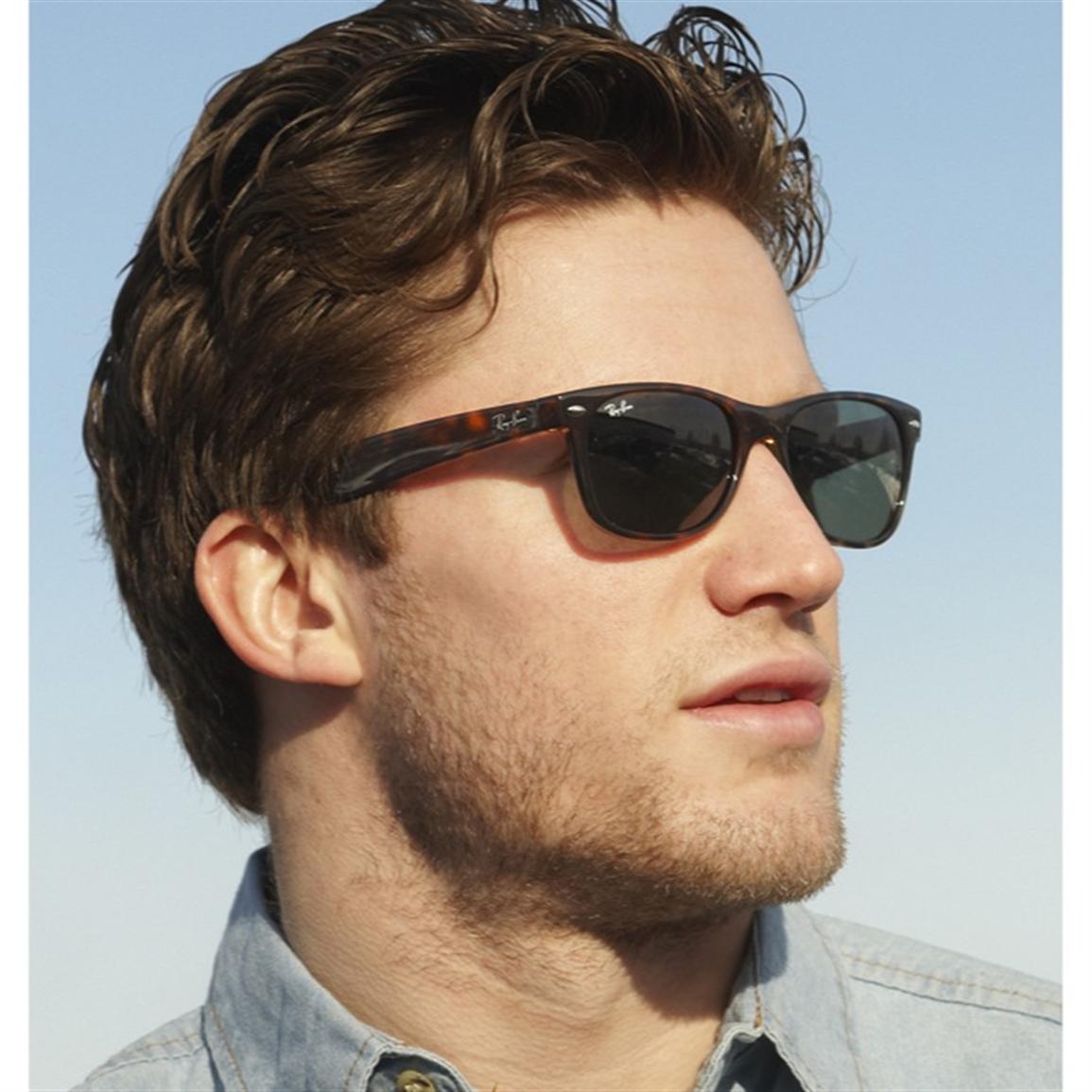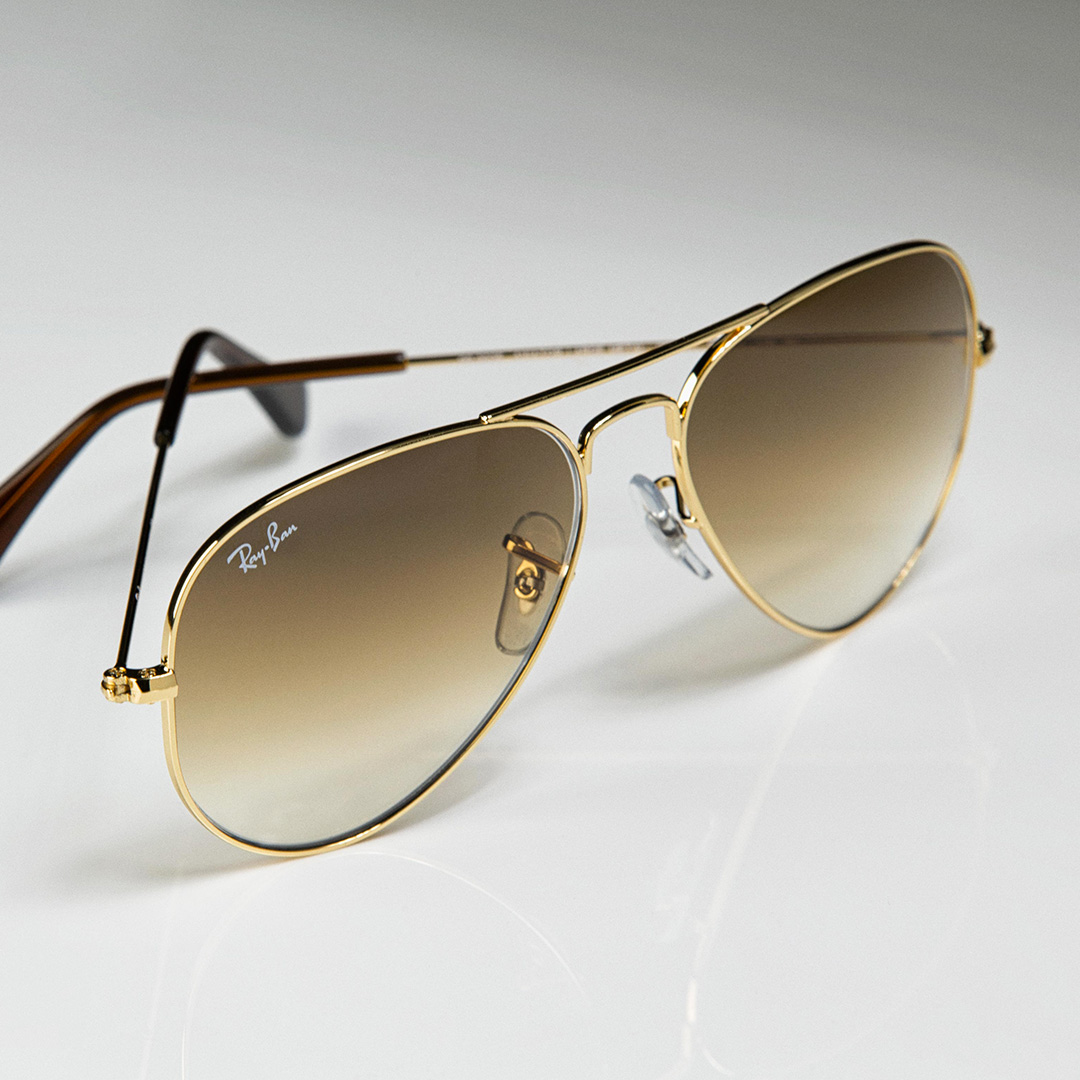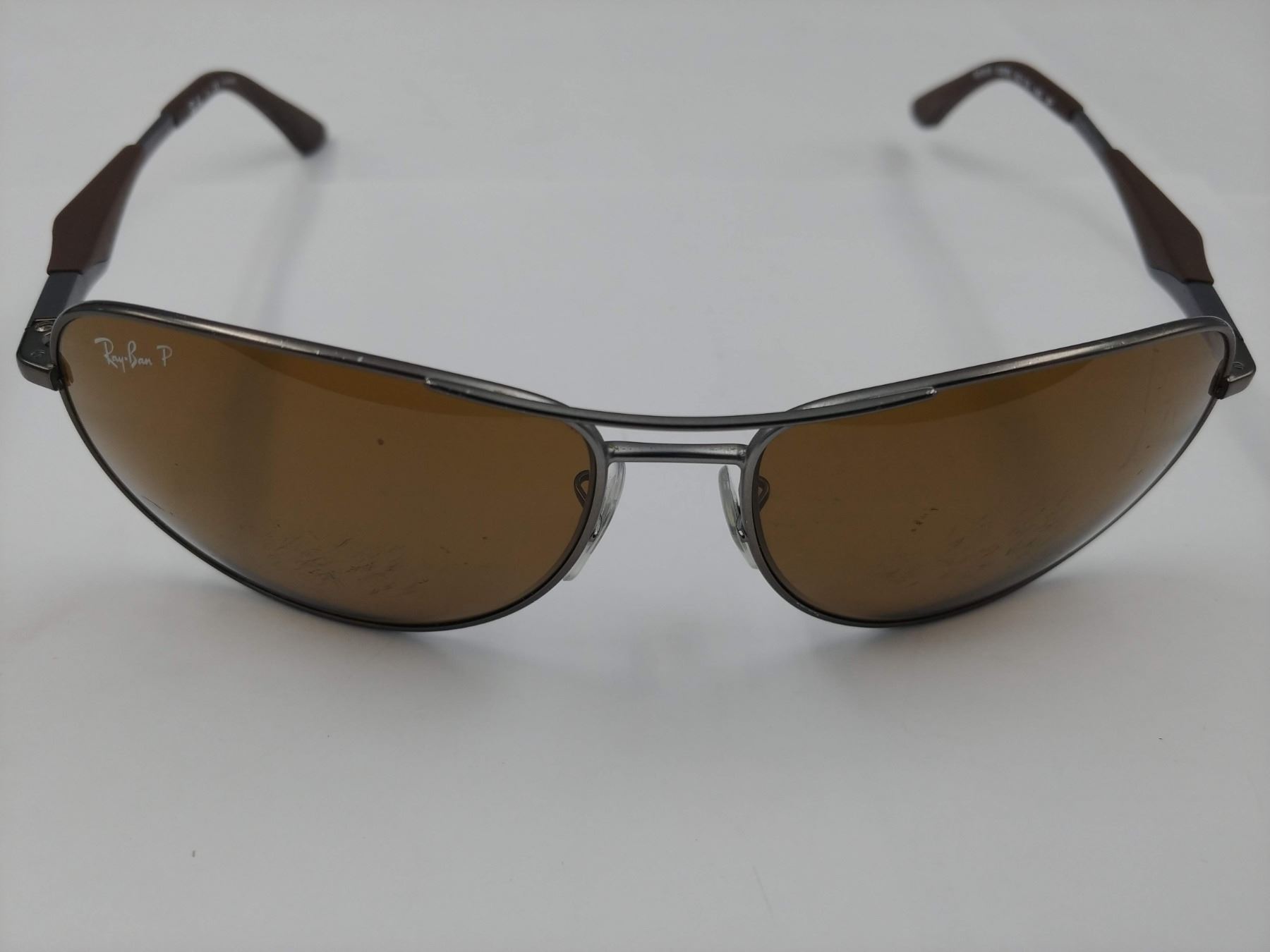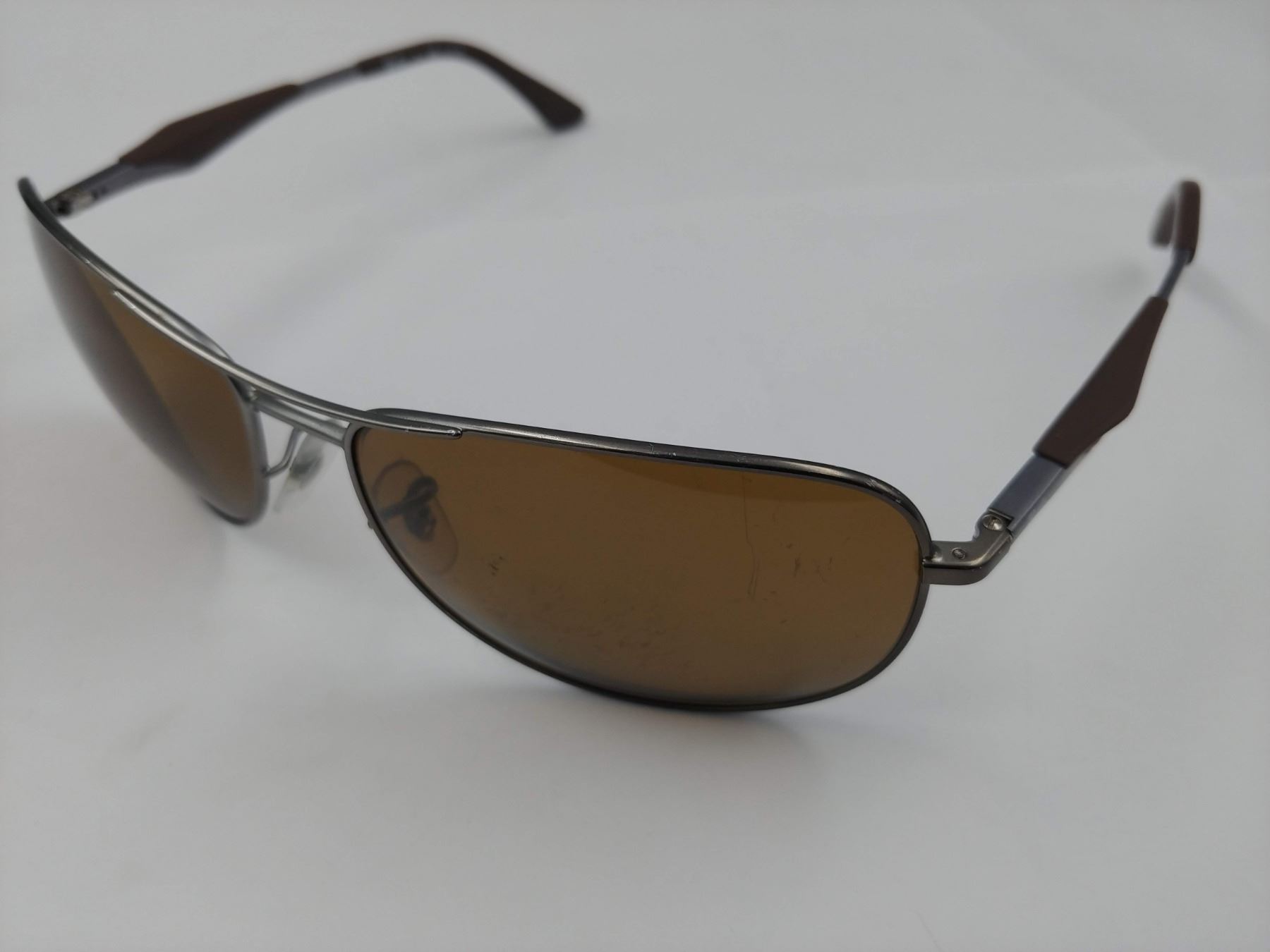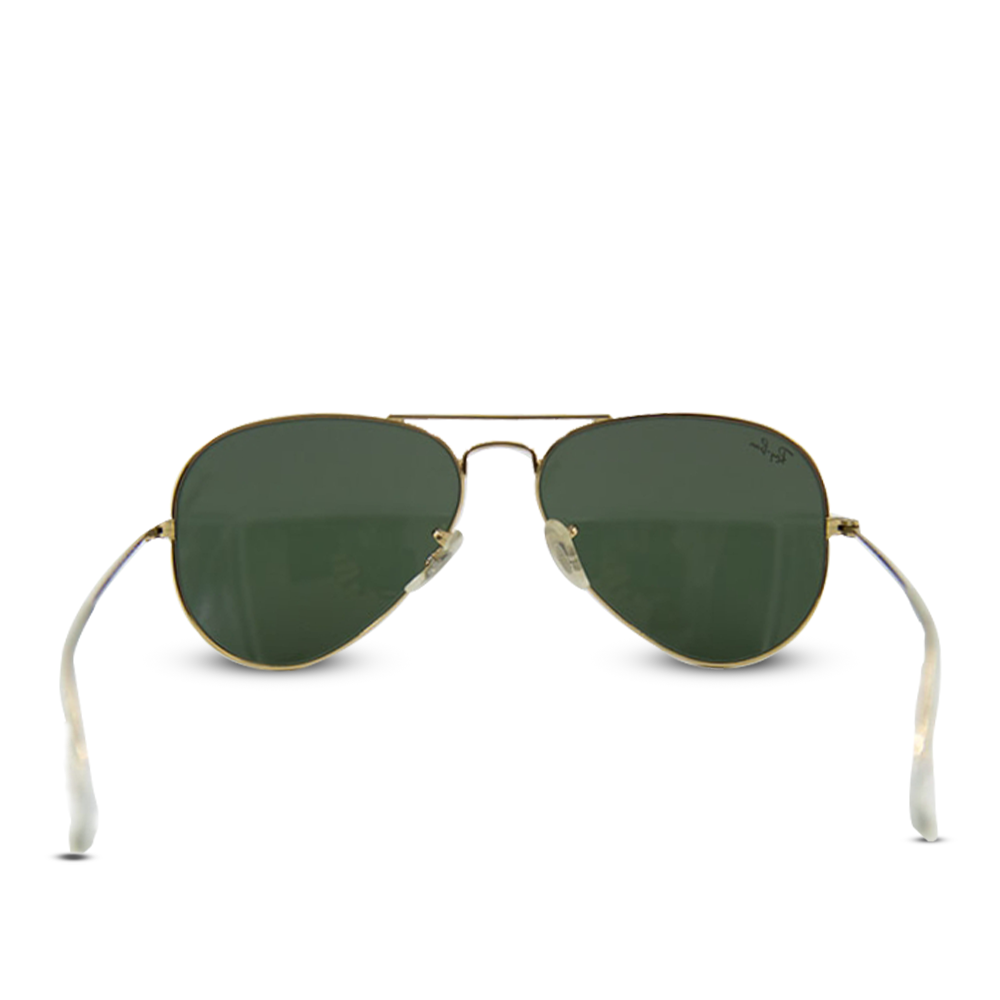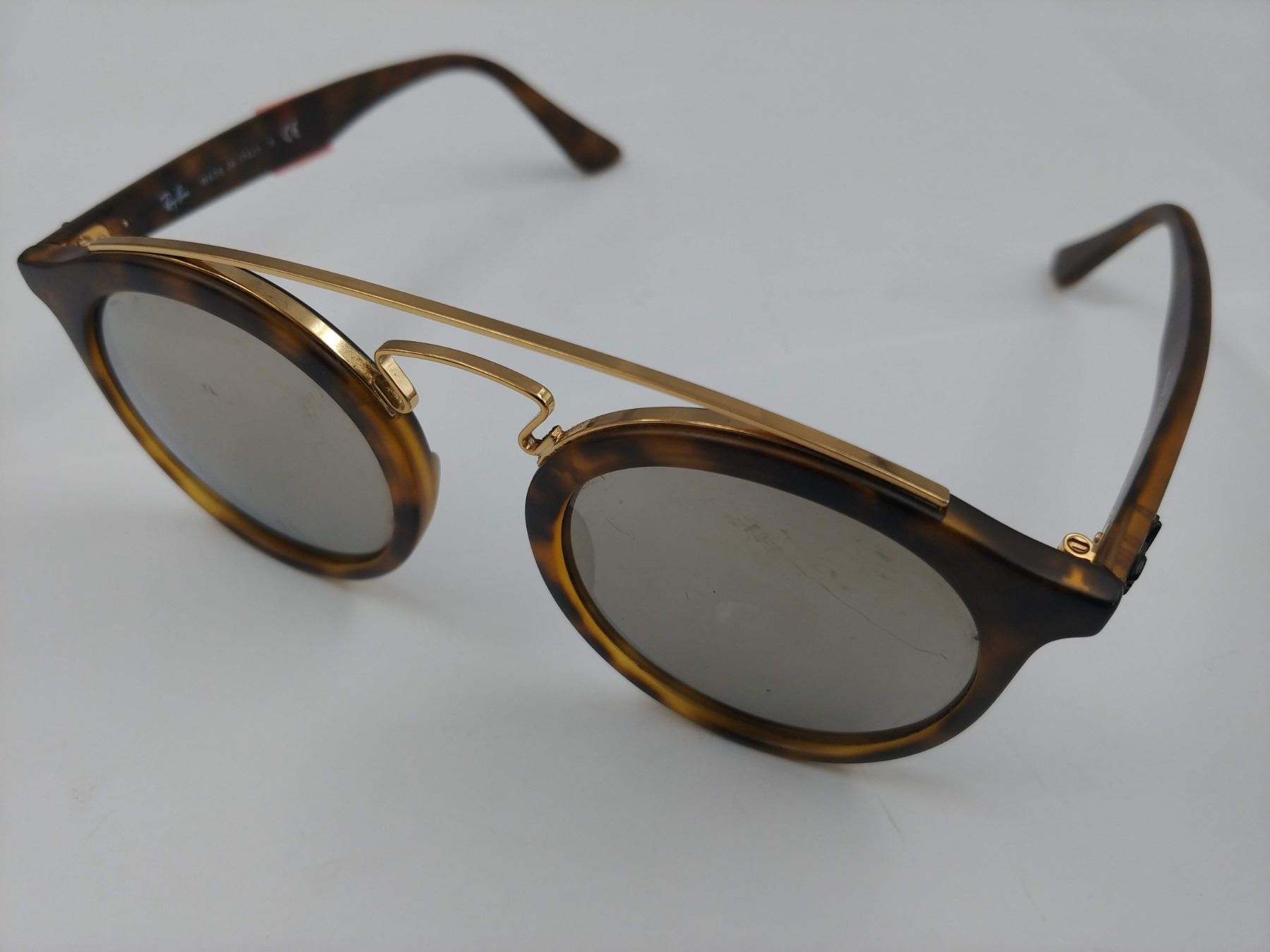Ray Ban Scratch Resistant Sunglasses
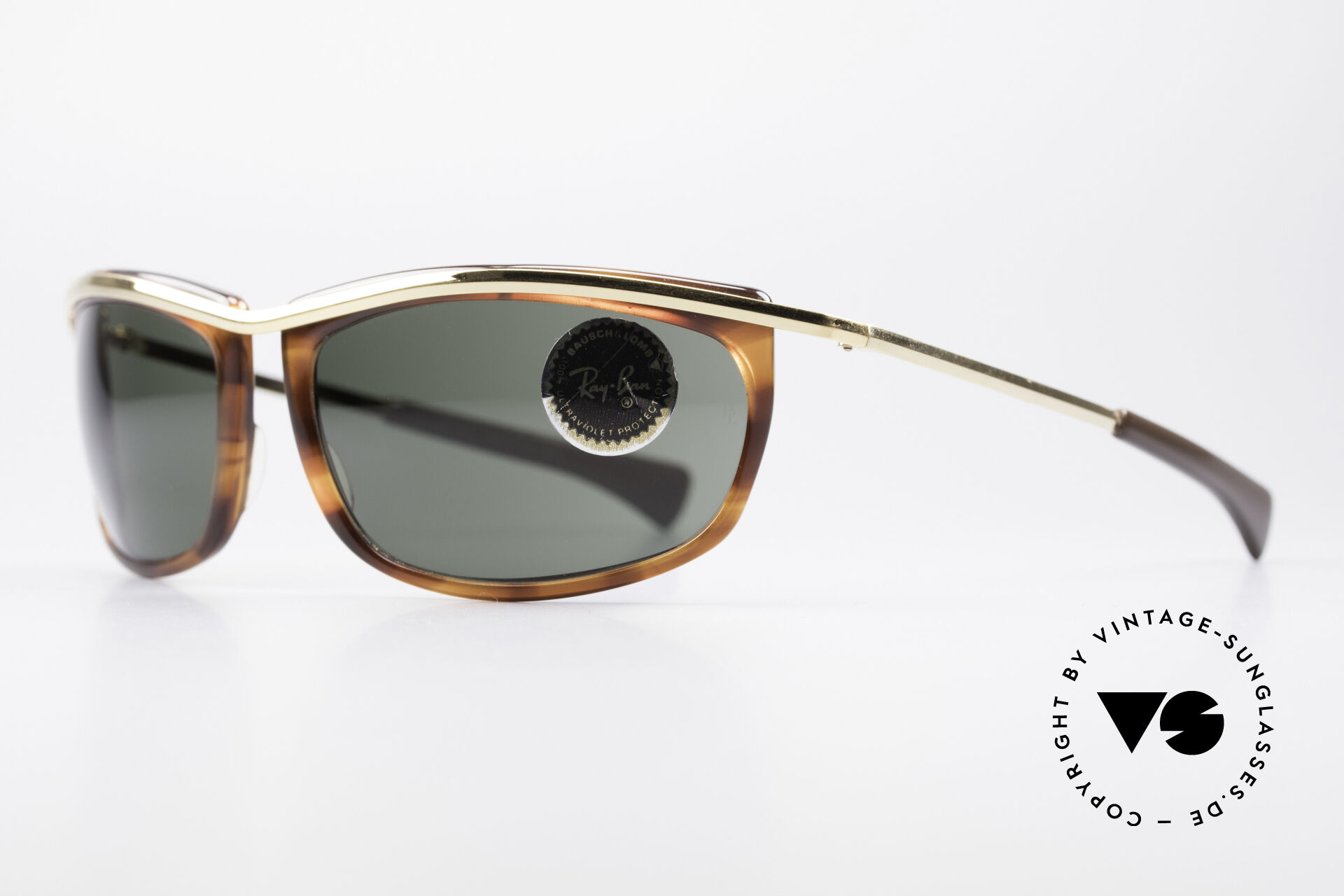
The bane of any sunglass wearer is the inevitable scratch. A seemingly insignificant blemish can obstruct vision and diminish the aesthetic appeal of even the most stylish frames. For decades, Ray-Ban, a leader in eyewear, has been battling this problem, consistently pushing the boundaries of lens technology to offer consumers greater durability and scratch resistance.
This article delves into the evolution of Ray-Ban's scratch-resistant lens technology, examining its impact on the eyewear market, and assessing the ongoing quest for the perfect, unscratchable sunglass lens. It explores the various coatings and materials utilized, the testing procedures employed, and the consumer feedback that drives continuous improvement.
The Evolution of Scratch-Resistant Coatings
Early sunglasses offered minimal scratch protection. Lenses, typically made of glass or basic plastic, were highly susceptible to damage from everyday wear and tear.
Ray-Ban's initial foray into scratch resistance involved applying thin, clear coatings to the lens surface. These coatings, often composed of polymers, acted as a barrier, absorbing minor abrasions and preventing them from reaching the underlying lens material.
Moving Beyond Basic Coatings
These initial coatings, while an improvement, were not impervious to scratches. More advanced techniques, like hard coating, emerged, offering significantly enhanced scratch resistance.
Hard coatings, often based on silicon or other durable materials, are applied using methods like dip coating or spin coating. They create a harder, more resilient surface that can withstand greater force without scratching.
Ray-Ban also adopted anti-reflective coatings, offering enhanced vision. In addition to reducing glare, these coatings often incorporate scratch-resistant properties, providing a dual benefit to the wearer.
The Science Behind Scratch Resistance
Scratch resistance is not simply about hardness. It involves a complex interplay of factors, including the coating's adhesion to the lens, its flexibility, and its ability to distribute stress.
Different materials exhibit varying levels of scratch resistance, measured using tests like the Bayer test. This test involves subjecting lenses to abrasive materials under controlled conditions, measuring the degree of scratching that occurs.
Ray-Ban continuously experiments with new materials and coating technologies to optimize scratch resistance. This includes exploring the use of nanoparticles and advanced polymers.
Testing and Quality Control
Rigorous testing is crucial to ensuring the effectiveness of scratch-resistant coatings. Ray-Ban employs a range of tests to evaluate the performance of its lenses.
These tests simulate real-world conditions, exposing lenses to abrasive materials, extreme temperatures, and other environmental factors. The data collected is then used to refine the coating process and improve the durability of the lenses.
Quality control measures are implemented throughout the manufacturing process to minimize defects and ensure consistent scratch resistance across all lenses.
Consumer Perspective and Market Impact
Consumers consistently rate scratch resistance as a key factor when purchasing sunglasses. Durable lenses not only provide better value for money but also contribute to a more enjoyable wearing experience.
Ray-Ban's commitment to scratch resistance has helped solidify its position as a leading eyewear brand. Their reputation for quality and durability continues to attract discerning customers.
The availability of more scratch-resistant lenses has also driven innovation across the eyewear industry, with other manufacturers investing in similar technologies.
The Future of Scratch-Resistant Lenses
The quest for the perfect, unscratchable sunglass lens is ongoing. Researchers are constantly exploring new materials and coating technologies.
Self-healing coatings, which can automatically repair minor scratches, represent a promising area of research. These coatings could significantly extend the lifespan of sunglass lenses.
Ray-Ban will likely continue to invest in research and development, striving to offer consumers the most durable and scratch-resistant lenses possible. The future of eyewear promises even greater clarity and longevity, driven by the relentless pursuit of scratch-free vision.
